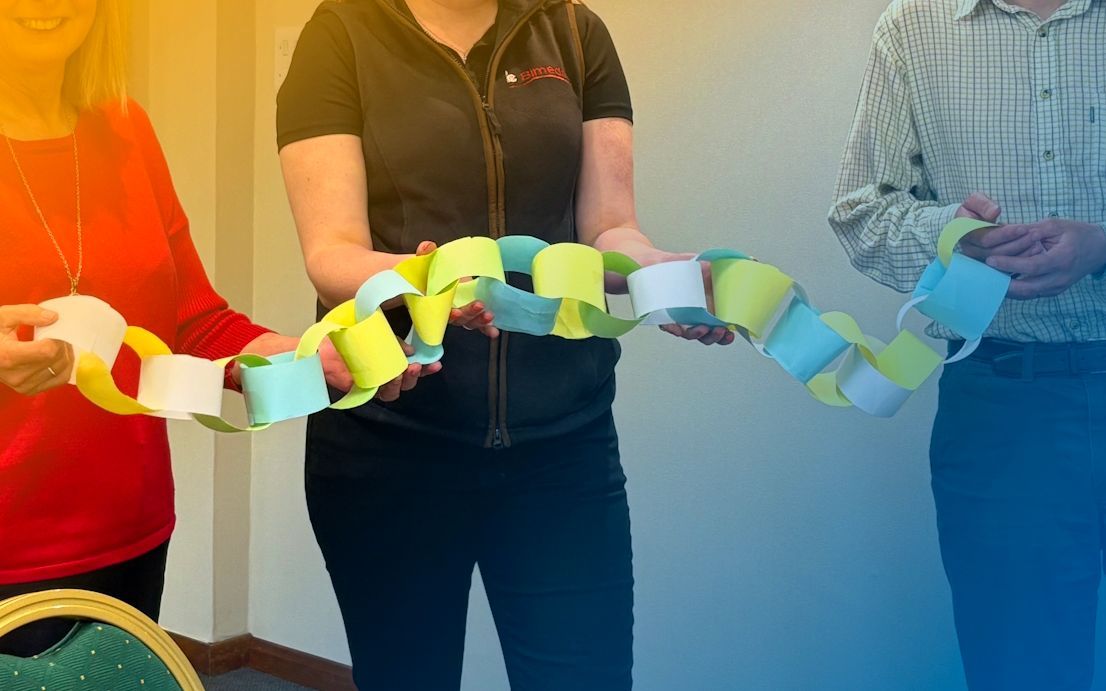How to Improve Sales Follow-Ups: Phone vs Email Best Practices
At Vital Spark, we’ve noticed an emerging trend: people are becoming more and more glued to their devices. Headphones in, eyes locked on screens, and all too often, the world around them slips into the background. While digital tools are incredibly useful, we believe that something important is being lost: genuine, meaningful communication.
In particular, this matters a lot in sales and business development — especially when it comes to following up after that initial meeting or introduction.
Why Relying on Email Is Risky
When a salesperson meets a promising potential client and then follows up purely by email, several things can go wrong:
- The message can be misinterpreted, since tone and body language are missing.
- It might go to the wrong inbox.
- Or it could simply be lost in a crowded email thread that is easily overlooked in a busy day.
If you are going to use email, it needs to be done well. Short, clear, and action-oriented. Here are a few practical ways to make your follow-up emails more effective:
- Make your subject line punchy and meaningful
Something like “Your Thoughts, please?” or including the acronym AID (Action, Interest, Decision) can help clarify the purpose, especially in internal or formal follow-ups. - Keep your content lean
Use bullet points, not long paragraphs. If you need detailed explanations, put those in a formal business proposal, not your follow-up note. - Be very clear on next steps
Say things like, “I’ll call you on Friday, 23rd,” or “Please pick a time that works for you using this Calendly link.” Making it easy for the prospect to act is key. - Write with the person in mind
Think about how they communicate. If they’re straightforward and direct, don’t open with small talk. “Hope you had a lovely weekend” might not land well for someone who’s all about efficiency.
Why Picking Up the Phone Still Matters
Here’s the thing: too many salespeople are hiding behind their keyboards. They send email after email instead of making a phone call, but a call is where a real connection happens.
When you speak to someone, you pick up all sorts of cues - tone, pace, even word choice. Those cues help you build rapport, ask the right follow-up questions, and guide the conversation in real time. You can sense concerns, answer objections, and steer things toward a decision. Try doing that in an email thread - it’s much harder.
The Power of Human Connection
Good communication is made up of three critical things:
- What is said (words)
- How it’s said (tone)
- What’s not said (body language)
Email only gives you the first one. On the phone, at least you have tone and words, and those still go a long way in building trust.
We’ve found that once someone has spoken to you - even just on the phone - they’re far less likely to say no or brush you off. There’s an emotional bond there. A voice feels real. A conversation feels real.
How to Make Your Calls More Respectful and Effective
Calling can feel a little intrusive, so here are a few small but important ways to make your calls more welcome:
- Ask before you begin: “Is now a good time?” shows you respect their time.
- Propose alternatives: If they can’t talk right now, suggest another day or time.
- Be transparent about duration: “This call will take about 10 minutes.” Stick to the time you say.
- Check in: “Are we still good for this time?” helps you stay on track.
These steps go a long way in showing that you’re professional, considerate, and organised.
In Summary: Use Both, Wisely
At the end of the day, we’re not saying never send an email, we’re saying don’t only send emails. There’s a place for both email and phone calls in sales, and the best approach depends on your prospect’s style.
Use technology to enhance your communication, but don’t let it replace the human interaction at the heart of good relationships. The real magic happens when you pick up the phone, make the connection, and build rapport in real time.
When you combine that with thoughtful, well-crafted emails, you’re in a powerful position to move things forward, with clarity, authenticity, and respect.























